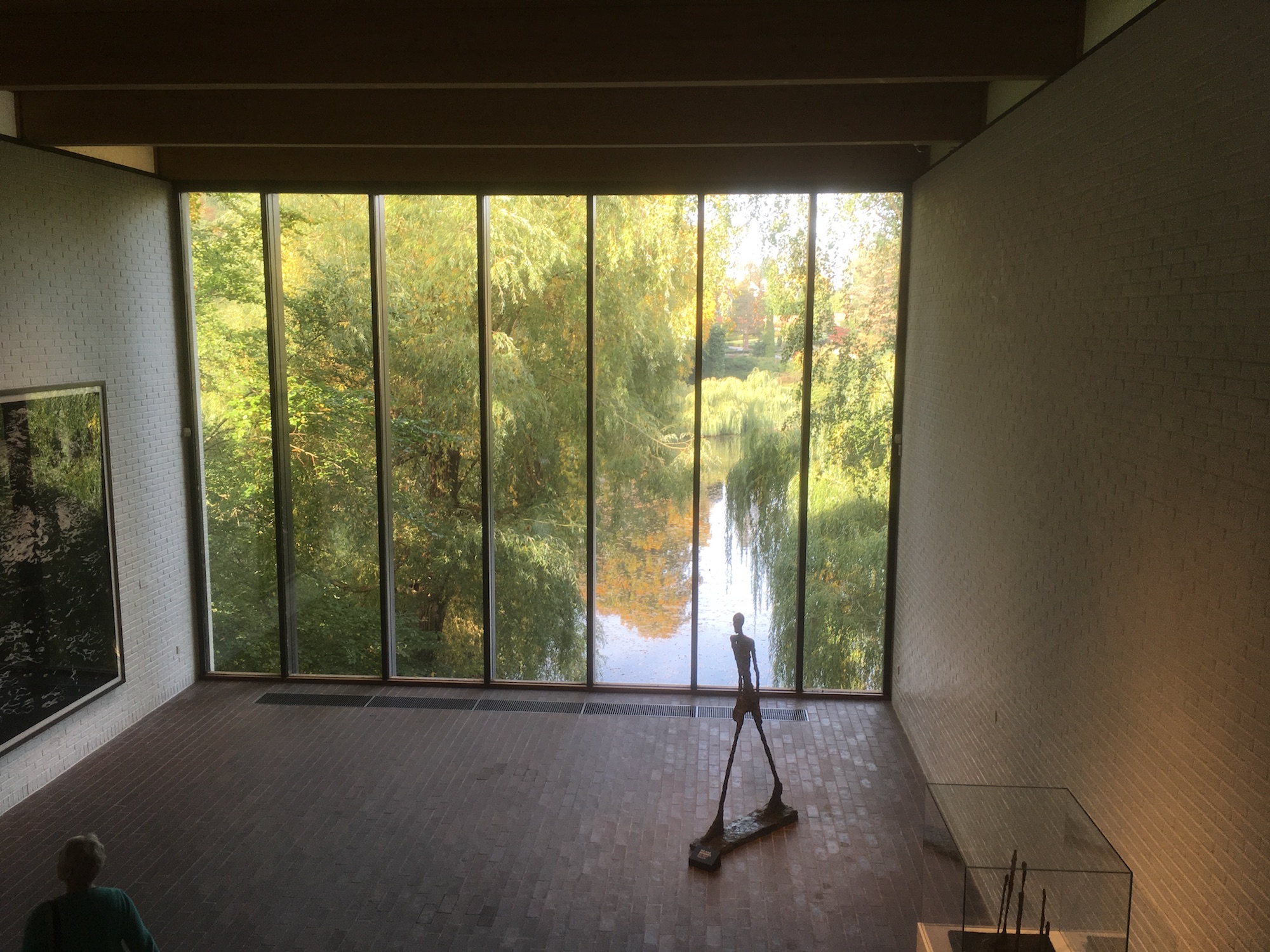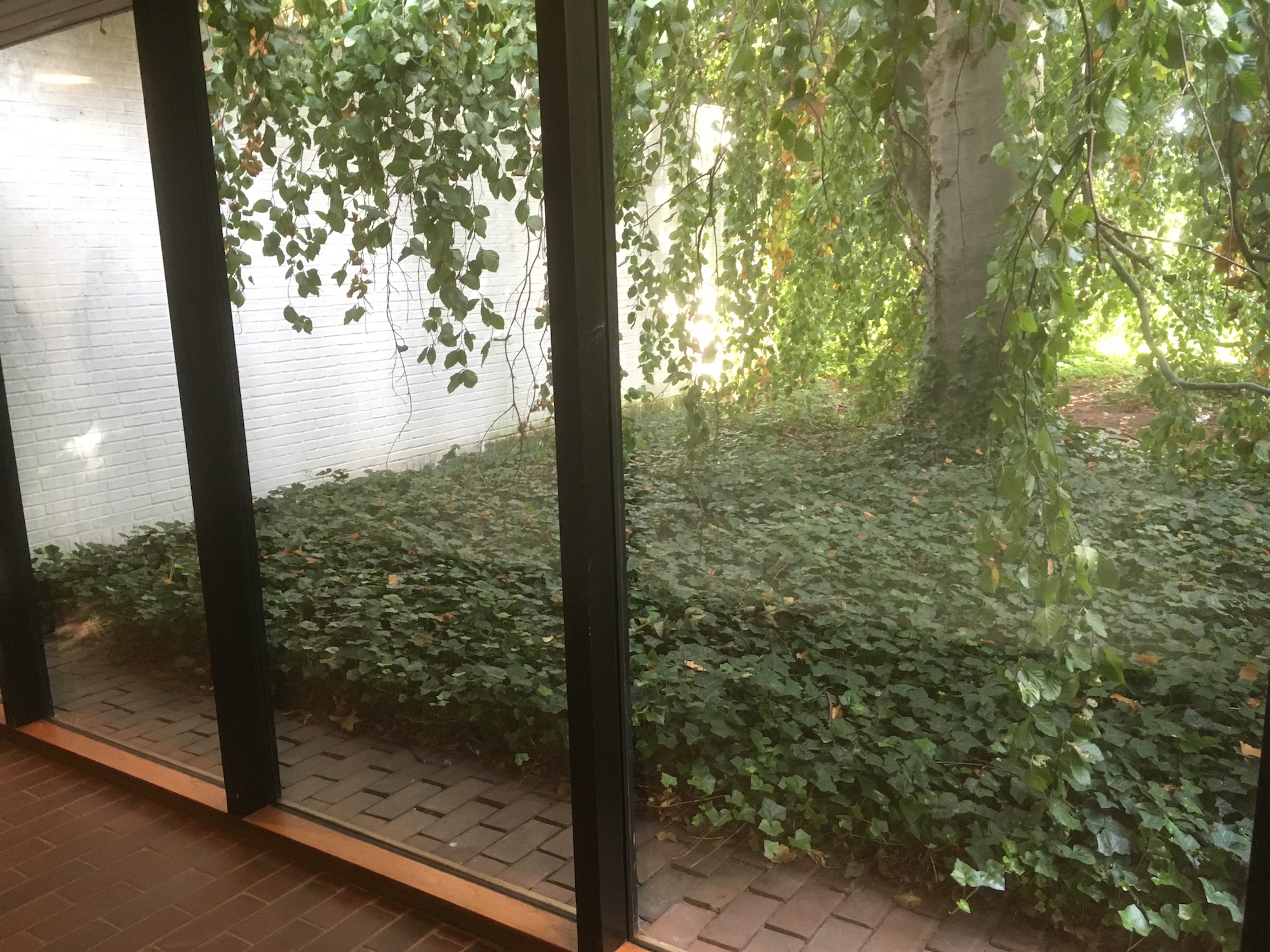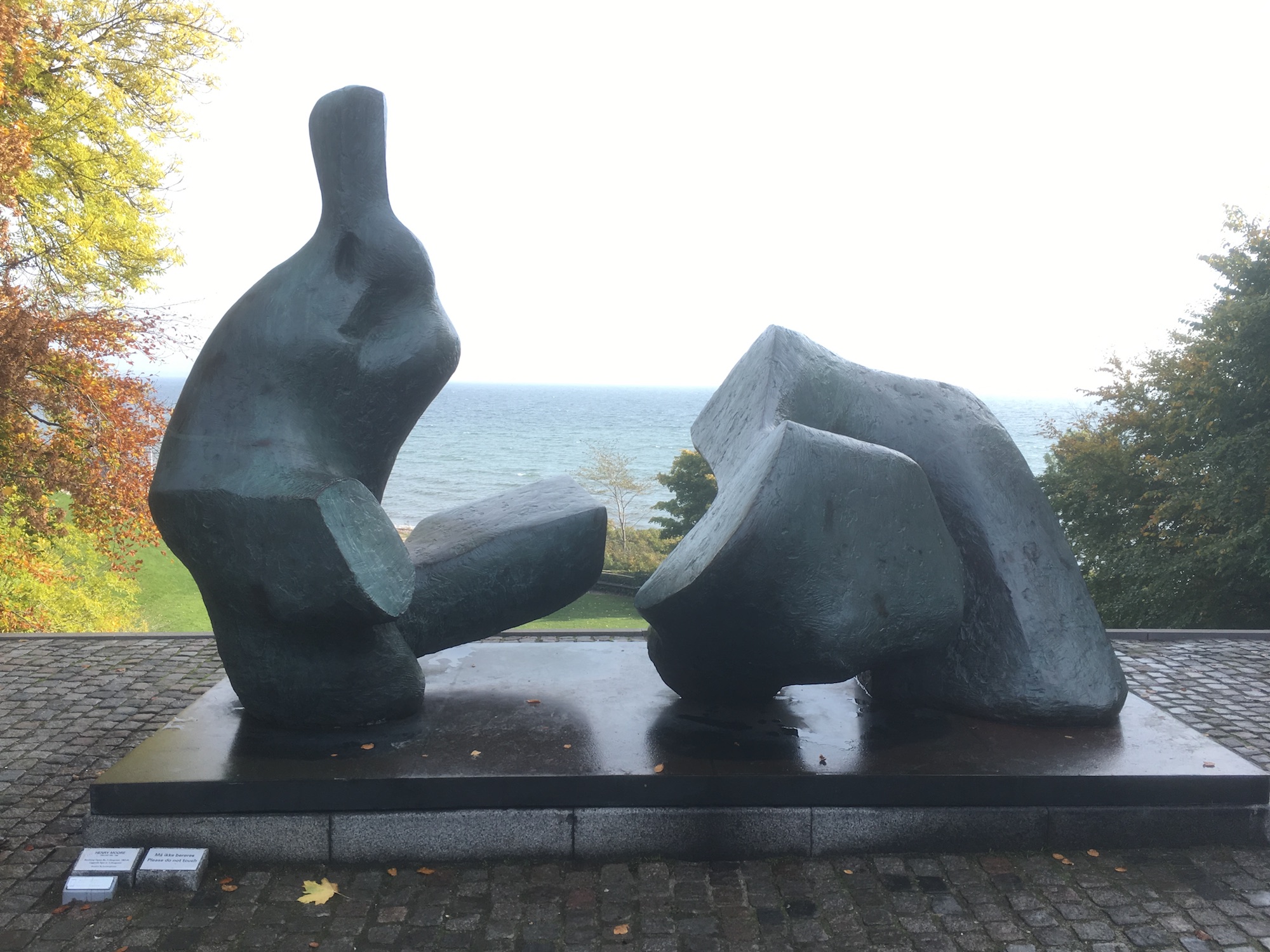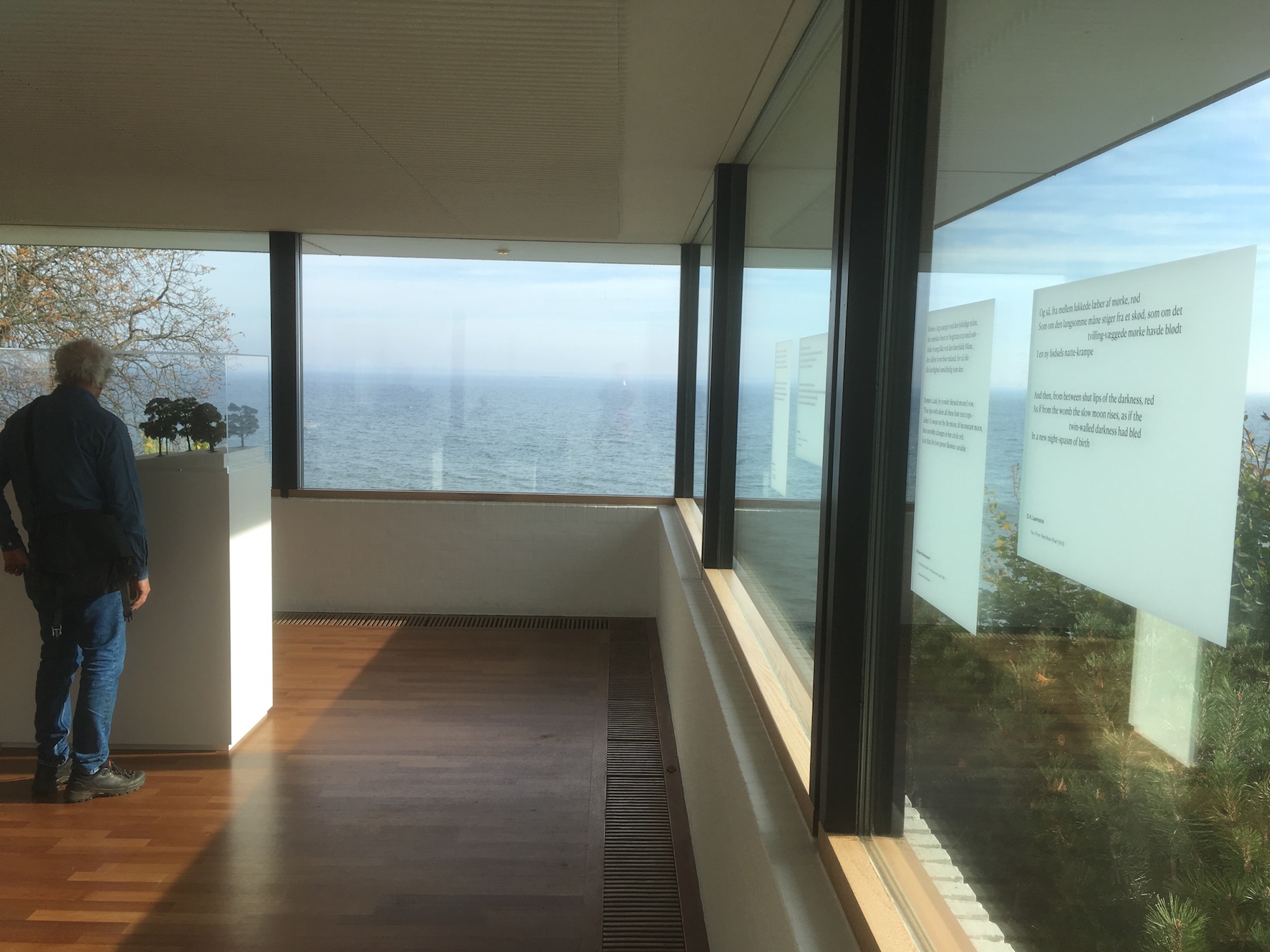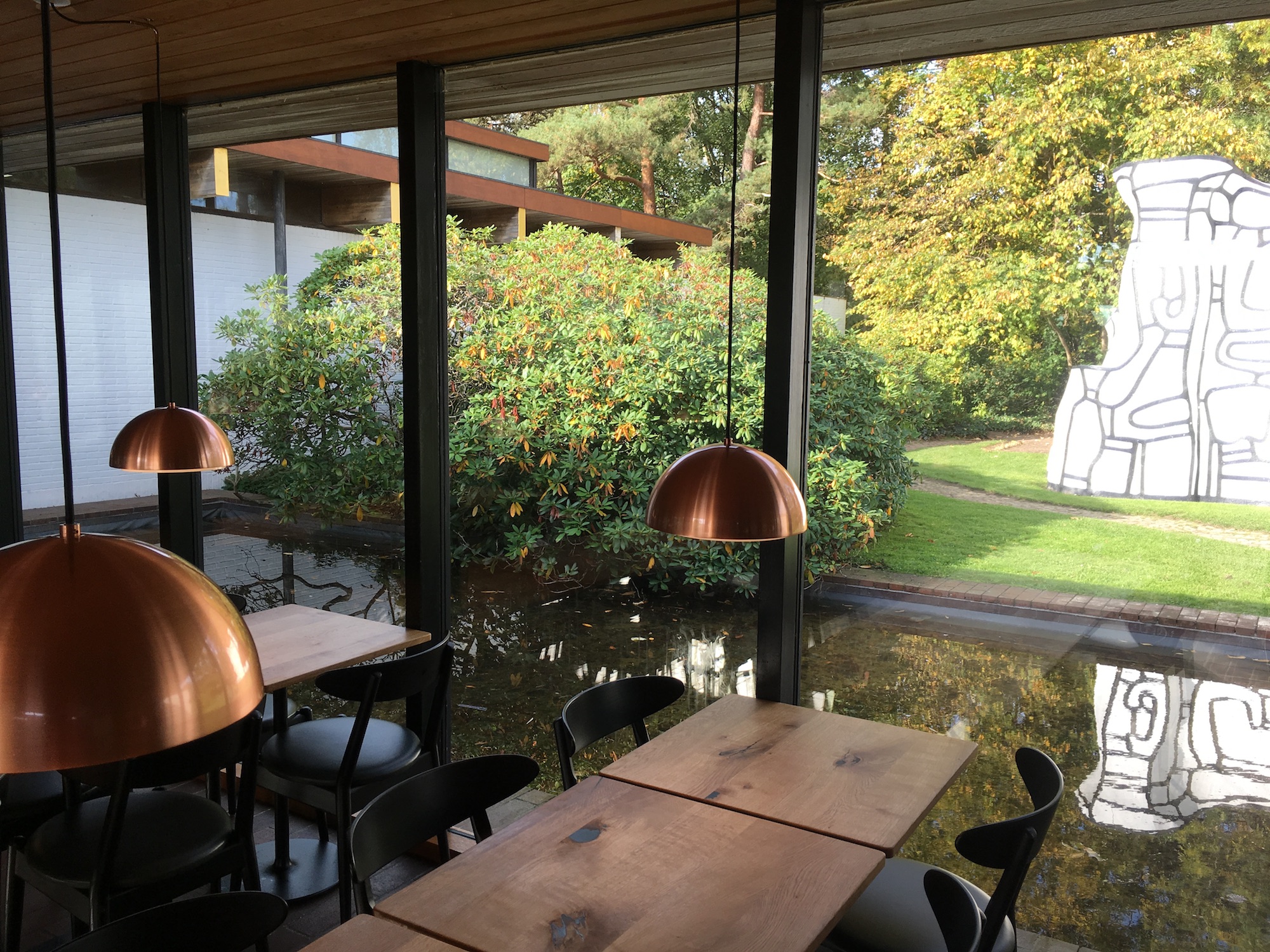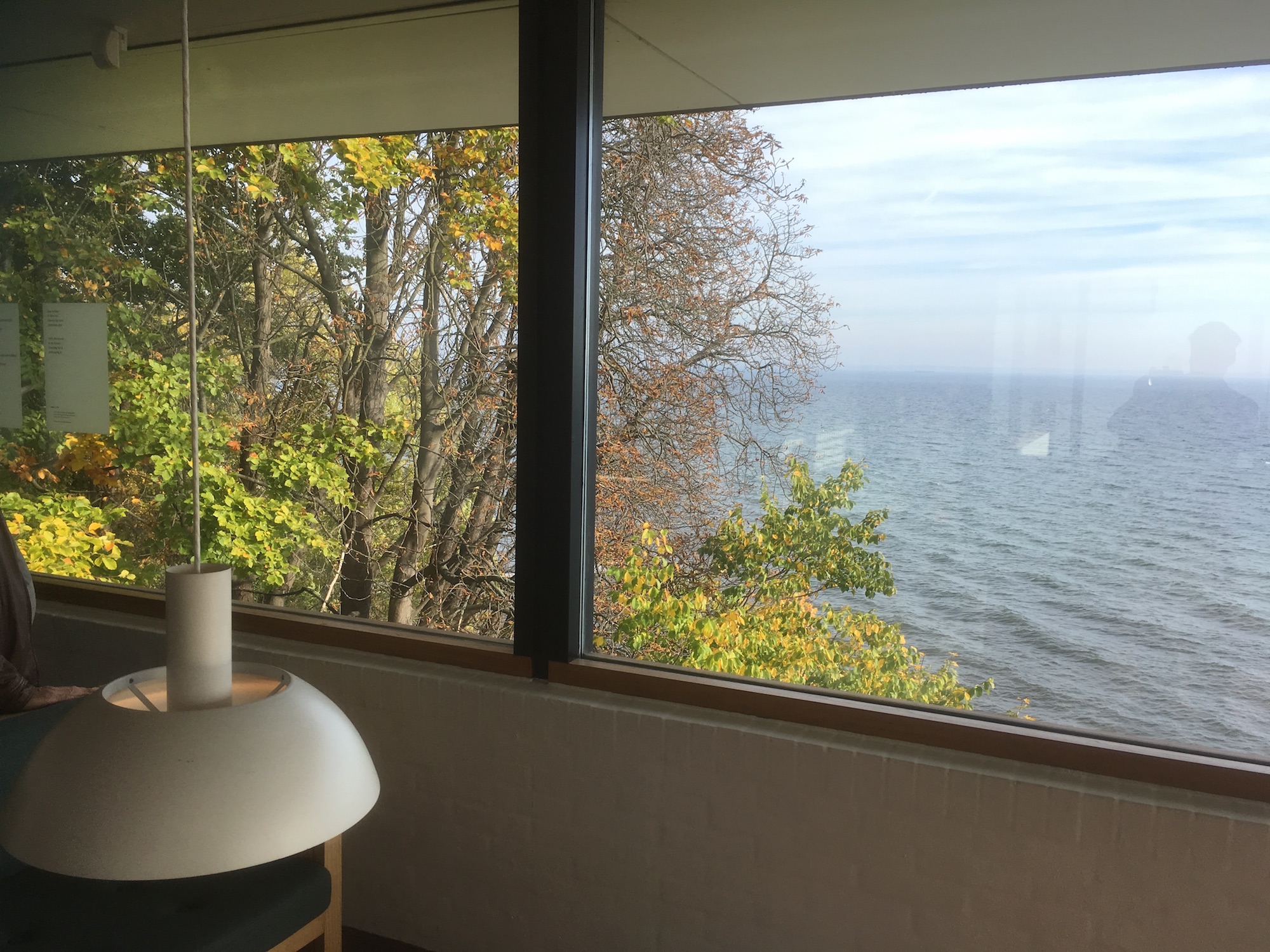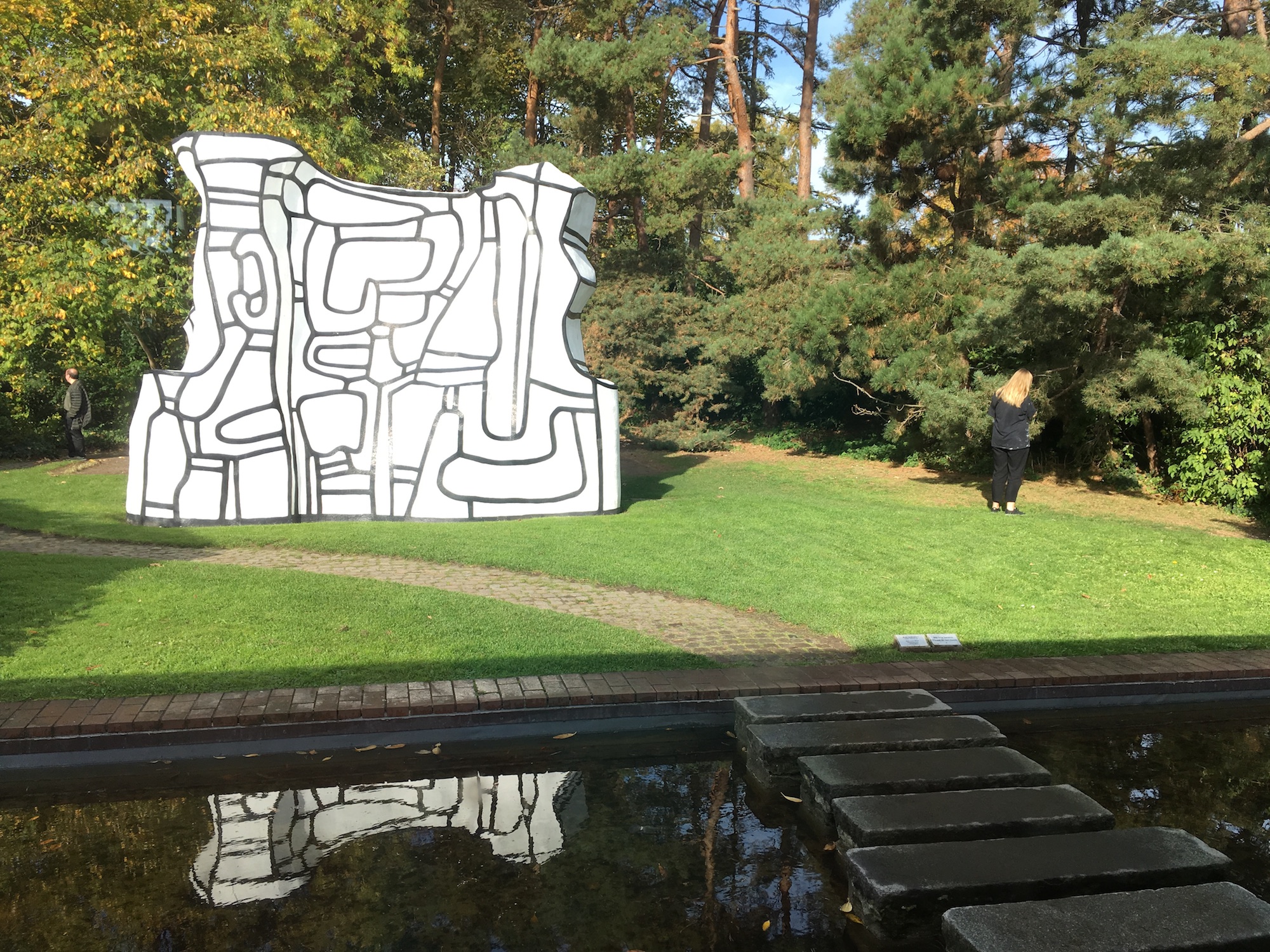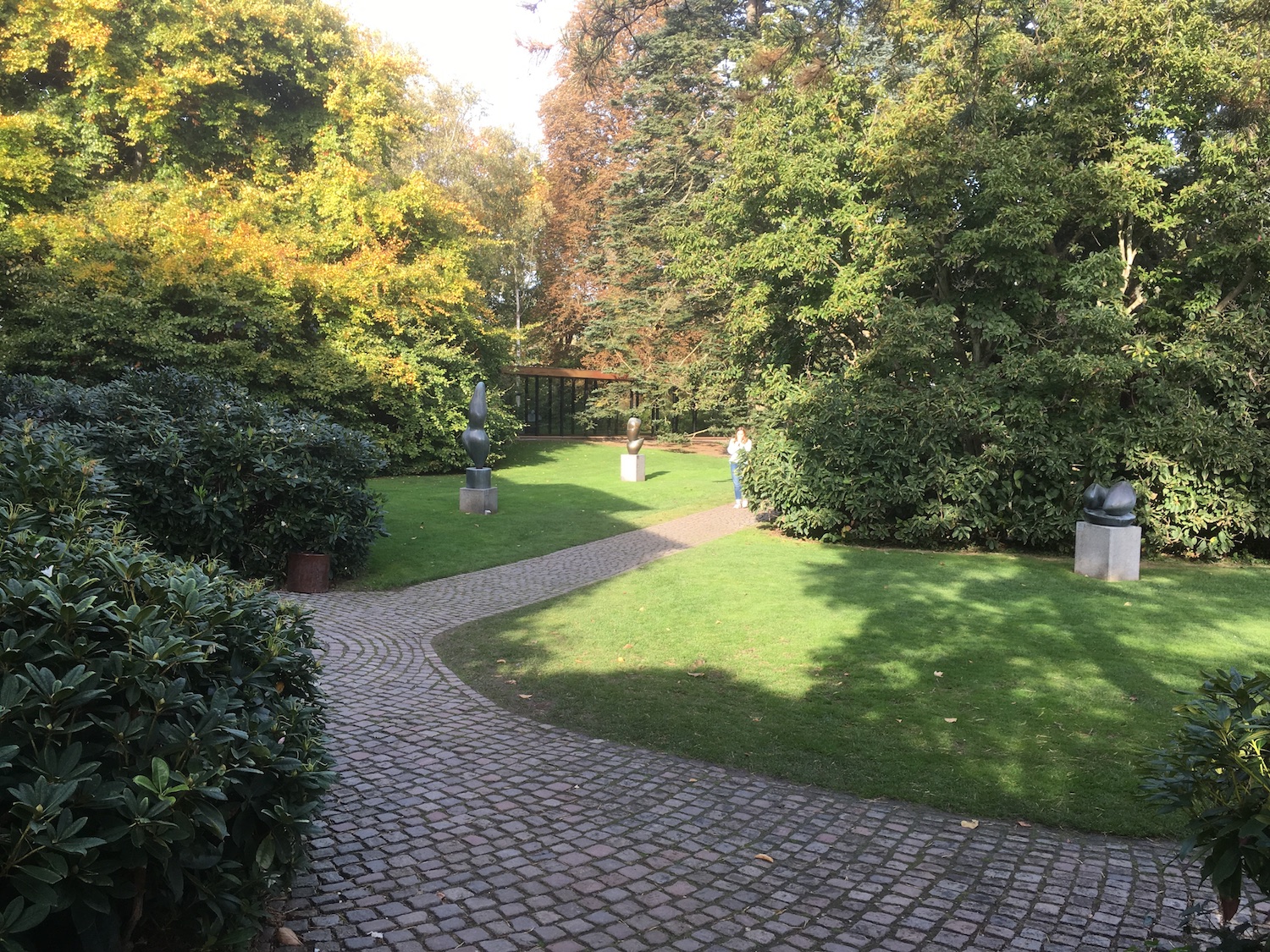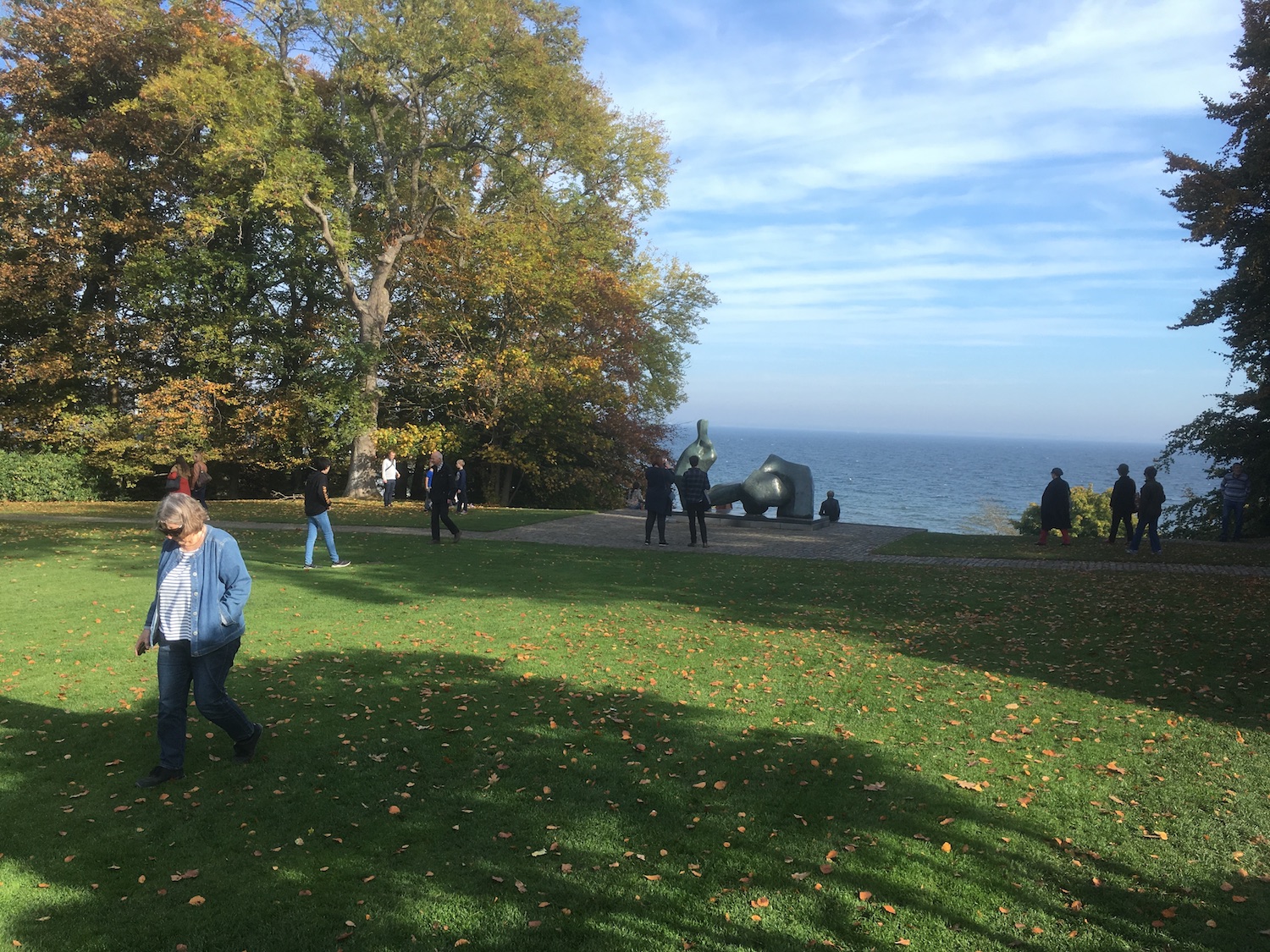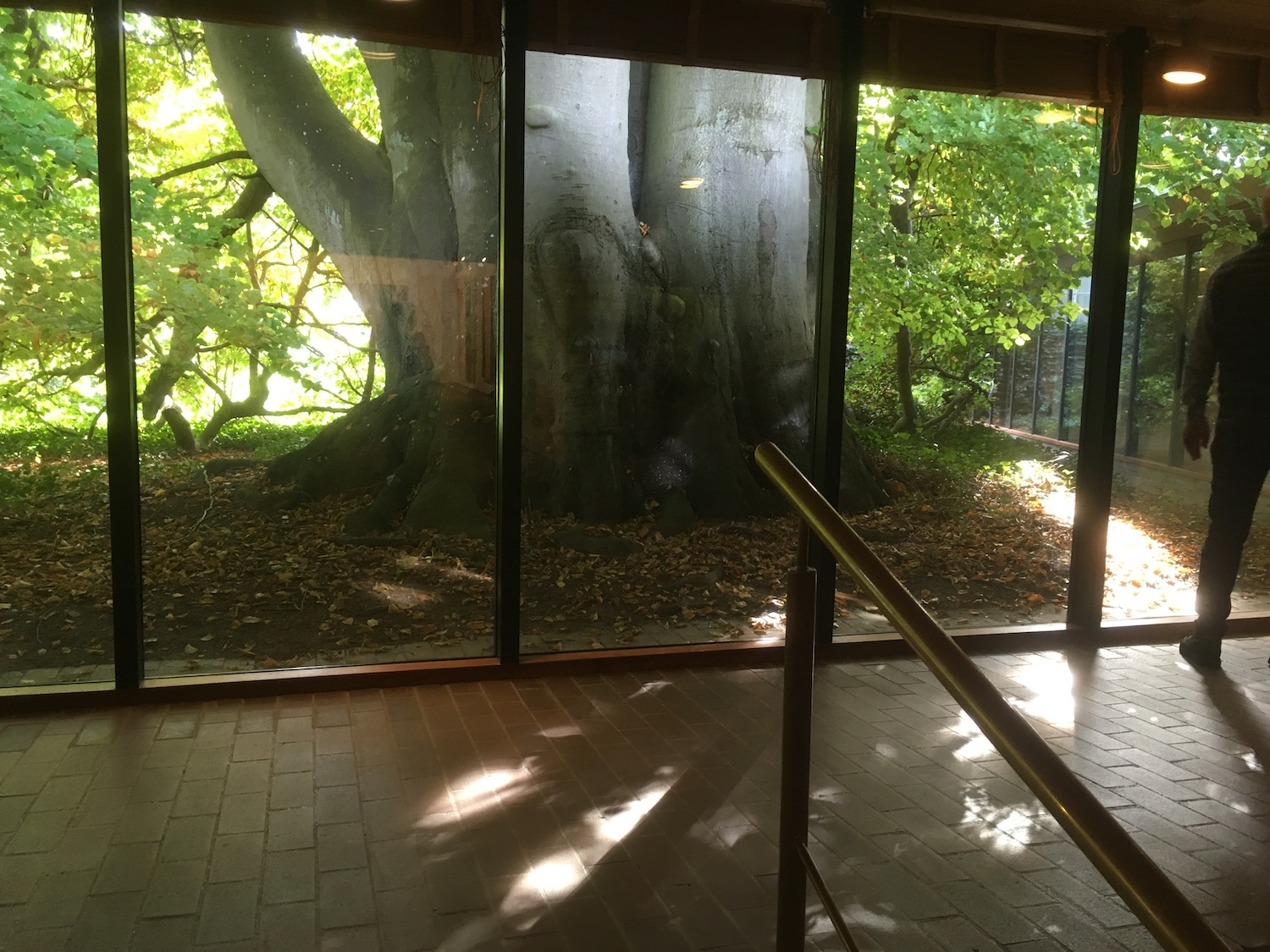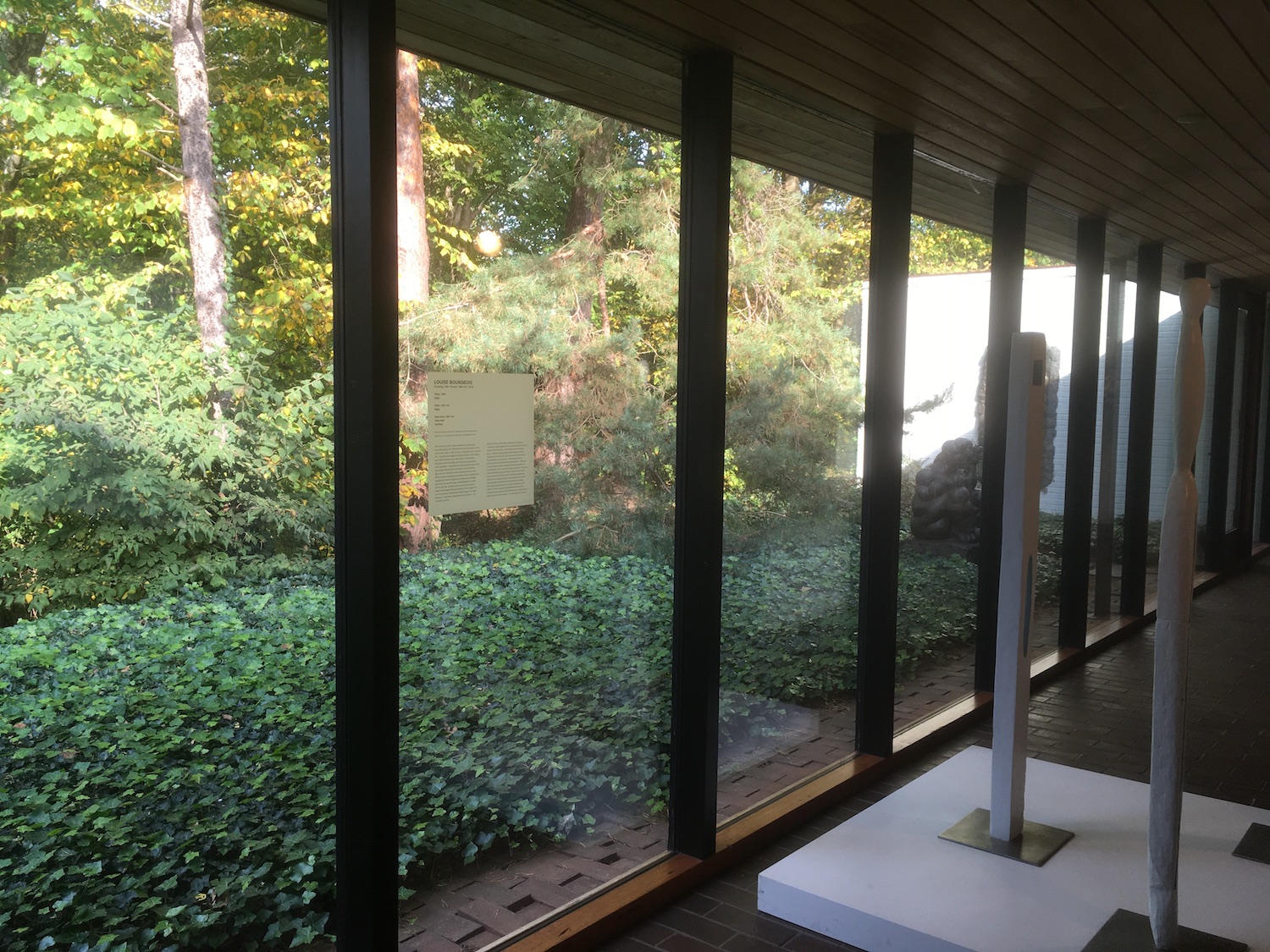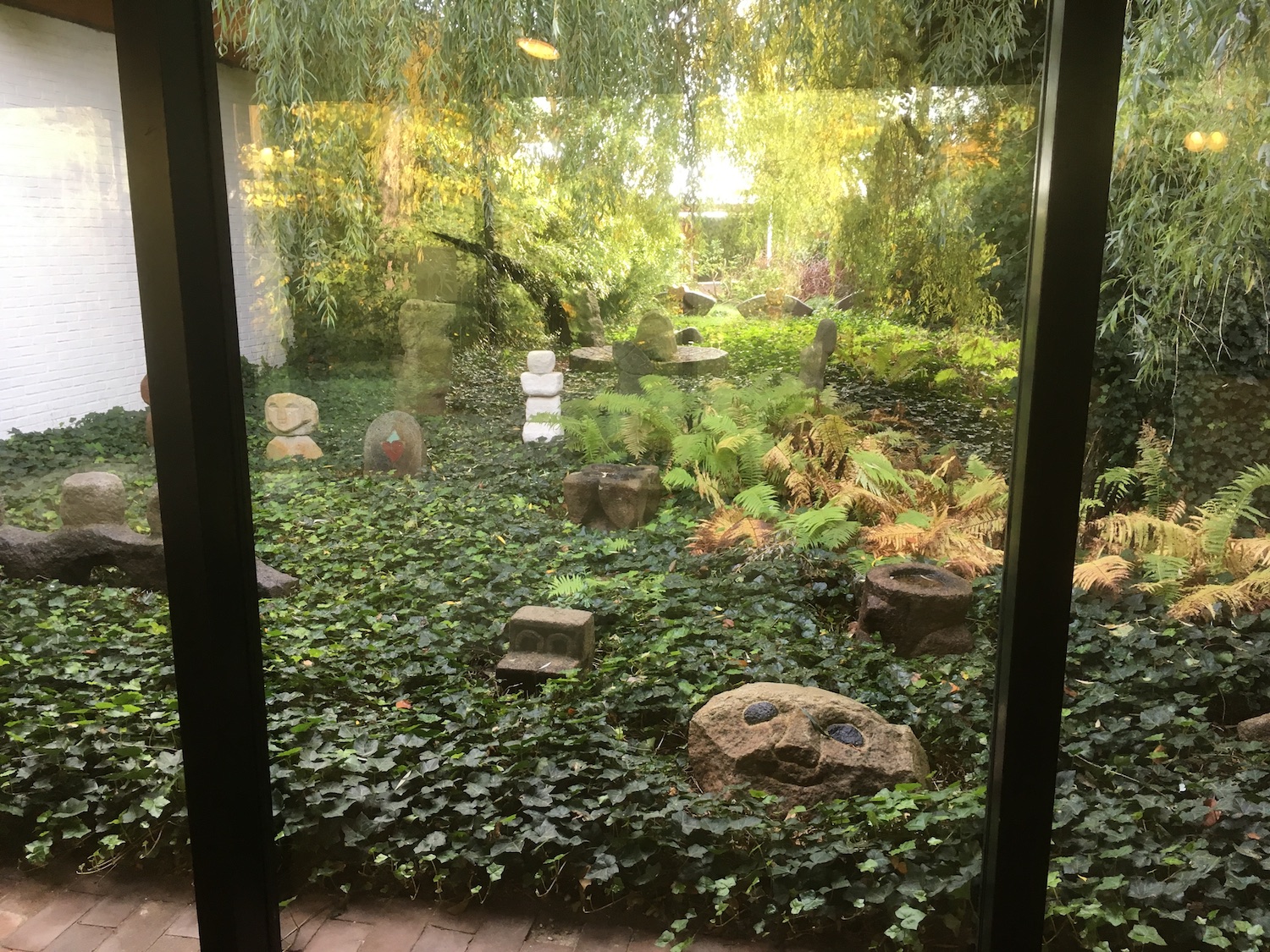On Living in an Old Country
I'm sure you've all been on the London Underground, squeezed in there with other tourists, commuters, shoppers. It's crowded, the tunnels are narrow, the stairways cramped, there is no air conditioning. It's old. It's almost as bad as the New York Subway. Like much else British it is the way it is because we were there first. There is a price to being there first. It can make it very difficult and expensive to update. In the case of the London Underground updating; which would basically mean enlarging, that is almost physically impossible without closing entire lines down for years at a time.
Britain in short, pays the price for being what economists call an 'early adopter'. You have a great advantage for a few years and then you are stuck with a creaky system with clunky technology when everyone else is whizzing ahead with continual updates. That's why you can breathe on the Lisbon and Porto metros and practically every other mainland European metro system.
The same applies to politics and societies. Whether their intangible nature makes them any easier to update than the London Underground though is another matter. Britain modernised very early, compared to other European countries. The country was effectively unified during the Medieval period, restraints placed on the absolute power of the monarch by the aristocracy and the courts from the late Medieval period onwards with an early model of a parliament dating from the same time. The fact that we went in for a level of beheadings and burnings at the stake that would make even ISIS/Daesh blanch should not obscure the fact that Britain (or more correctly England+Wales) developed a set of institutions and a truly national culture earlier than almost anywhere else in Europe.
Britain does not have a constitution as such, which must seem odd to everyone else, especially those Americans who wave theirs around as if it was a document handed to them by the Almighty. The set of laws, rules and yes, that great British favourite, the 'Gentleman's Agreement', that make up what amounts to a constitution has evolved organically over time. In some ways this allows for flexibility, and in the days when everyone behaved in the establishment like a gentleman this was fine. However the system does not cope when politicians are intransigent and ideological as they are now. The British system is essentially 'presidential', i.e. the Prime Minister has the power and Members of Parliament follow the party line. There is no expectation that Parliament takes the initiative, so when they have done, as now, there are no rules, and the ship of state is left drifting and rudderless.
I had a German friend on the phone the other day, laughing about the British Parliament: the hard benches where MPs have to sit crammed next to each other, the way the benches are opposite each other encouraging confrontation, and in particular how they all shout at each other, and occasionally bay like packs of feral dogs. To her, it seemed all so antiquated. Indeed, she was pointing out a painful truth. And the place is falling apart and needs a massive physical overhaul, never mind constitutional.
Britain is the most unbureaucratic country, which is nice, but carries a price
Most Brits don't realise this, or they moan about the bureaucracy they do have to cope with, but the UK has less form-filling, standing in line in government offices, or regulation than any other industrialised country. To take just one example of this. In most countries if you want to become a builder you have to have some sort of certification before you start ripping the roof off someone's house or replacing their windows. Not in Britain, where anyone can call themselves a builder and start selling themselves as such. The country has been, and in many ways continues to be, remarkably open: tourists and other foreign visitors have long been able to show up at hospital and get treated without being handed a huge bill, send their kids to school with no questions about their right to be here, and even open businesses and start trading with minimal bureaucratic intervention.
The ultimate aspect of the absence of bureaucracy is that we do not have identity cards. This is regarded by many Brits as a sign of our 'liberty' and indeed superiority over foreigners who are somehow seen as less free of their government because they are expected to carry a little card with them all the time. When the last Labour government proposed introducing them, the reaction from many people was nearly hysterical, as if some fundamental right was being taken away from them. Not unlike the reaction of those in the US who resent any action of government.
The lack of identity cards masks a more fundamental problem. The British government does not know who the **** we are. There is no list of citizens. In fact we are not really citizens at all. There is an electoral register (i.e. who can vote), passports (but if you didn't travel you wouldn't have one) and National Insurance numbers, which are about working and tax payments but there has never been a register of British citizens as such. So in fact, government does not (or did not) really know who had a right to be here, and who didn't.
This relative absence of bureaucracy is actually rather nice, but the problems begin when government decides to tighten things up. Which is what has happened to thousands of people who came here, mostly from the Caribbean in the 1950s and 1960s. They entered the system but because there is no register of citizens they were unable to prove their right to be here when the government decided recently to start demanding increased documentation to access government services, largely to pander to their racist right wing that they were being tough on immigration. Hence the Windrush Scandal, referring to one of the early Caribbean immigration ships. Deportations of elderly Caribbeans began, and a cruel wave of bureaucratic persecution of mostly Black British people. All carried out by what we quaintly call 'The Home Office', but known as the Interior Ministry everywhere else. This government department is well-known for its incompetence, indeed a government back in 2006 described it as “not fit for purpose”. And as the Windrush Scandal has illustrated is staffed by people who lacked the moral conviction to question the measures they were asked to carry out. If a latter-day Hitler arrived on our shores, you can imagine the Home Office meekly carrying out his orders.
Brexit may be destructive, irrational and embarassing, but the Windrush Scandal has been so deeply shameful - the racism and simple inhuman cruelty of it all. To be very ironic, one can imagine some old colonel type snorting into their whisky and soda, “terrible business, terrible business, British government behaving like a bunch of ****** foreigners”.
Shameful but not perhaps, surprising.
“Wogs begin at Calais” - a Portrait of English Racism
I'm saying 'English' here as this may well not apply to the Welsh and the Scots, who after all have the English to cope with.
Every country and ethnic identity is racist, that's part of the human condition. But it takes particular forms and selects particular targets in different places. What is odd about a lot of English racism is that it is not directed so much at black or brown people but at other Europeans. All part of 'the island mentality'. It may be difficult to appreciate this in the cities, but with conversations with people out in the countryside it begins to become apparent that there is a deep level of suspicion verging on the paranoid about what is always called 'Europe' – as if we were somehow on another continent. Around 15-20 years ago, British agriculture suffered two major blows from animal health problems: the BSE (mad cow) crisis and The Foot and Mouth Disease Crisis (this refers to a disease of cattle, not the ability of our politicians to open their mouths and put their feet in). Arguably both were exacerbated by political cowardice at the top and the incompetence and rigidity of the civil service department concerned. In both cases, other European Union countries were quite keen to keep diseased British livestock or contaminated meat out. The tone in the countryside was that all this was yet another plot by 'the Europeans' to destroy British agriculture.
Suspicion of 'Europeans', specifically France and Germany, runs deep. The EU is seen as a Franco-German plot, targeting Britain. Both the old enemies lined up together. I am sure you have all watched Dad's Army, the very best of British comedy (let's face it, one thing we are good at, is comedy); there's that little bit at the beginning where the arrows with Union Jack flags (otherwise known as the Butcher's Apron) are facing off the arrows with Nazi swastikas are on the European mainland. This mentality runs deep.
The last few years have seen a run of films about Churchill. Mostly very good, very enjoyable and informative. But why? The History Channel on the TV is widely known as 'the Hitler channel' because mostly seems to be about the Second World War. It's like it's the last thing we felt we could be proud of as a nation. There is so much more: our amazing explosion of popular music from the 1960s on, an incredibly successful, and very largely harmonious multi-cultural society, our leading role in art, cinema, fashion, literature. All of which was exemplified by the opening ceremony of the 2012 Olympics – which felt like the finest hour of the new Britain. And indeed we do have a wonderfully open society.... just the thing we are in danger of losing right now.
The mess we’re in
Thinking of a nation as having software (culture) and hardware (institutions), it is clear that the British software is changing but the hardware is utterly outdated. The 'wogs begin at Calais' attitudes I've talked about are very largely generational. Young Britons are far more European in attitude, and remarkably open-minded about all questions of diversity. Our society has become more complex, more demanding, with higher expectations of ethics and transparency than the political and bureaucratic superstructure that our past has bequeathed us is capable of offering. Those institutions relied a lot on social deference and a democracy that was managed by a narrow elite. No wonder we are in a mess – these institutions do not offer a way of managing and governing a complex and sometimes conflict-ridden modern society. We need a big overhaul.


































